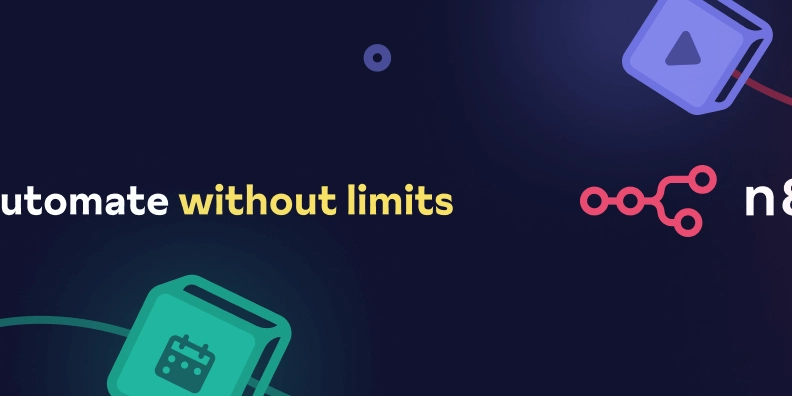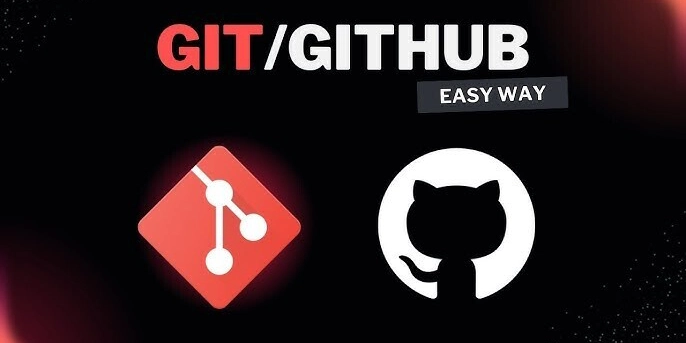How to Launch Your Own NFT Collection in 2025 (Step-by-Step Guide)
Introduction: The Future of NFTs in 2025 NFTs (Non-Fungible Tokens) have revolutionized digital ownership, providing artists, brands, and entrepreneurs with new revenue streams through blockchain technology. In 2025, NFT collections continue to evolve, integrating AI-generated art, dynamic metadata, and real-world utilities. If you’re looking to launch your own NFT collection, this guide will walk you through the entire process, from concept to minting and marketing. Step 1: Define Your NFT Project Vision Before diving into development, define the purpose of your NFT collection: ✅ Art & Collectibles – PFP (profile picture) projects like Bored Ape Yacht Club. ✅ Gaming & Metaverse – Play-to-Earn (P2E) assets, in-game items. ✅ Music & Media – Tokenized songs, albums, and videos. ✅ Real-World Utility – NFTs as memberships, event passes, or digital assets tied to physical goods. Example: If you’re launching a 10,000-piece generative art collection, decide on the theme, rarity traits, and blockchain network (Ethereum, Polygon, or Solana). Step 2: Design and Generate Your NFT Collection 1. Creating NFT Artwork Use design software like Photoshop, Procreate, Blender, or AI tools (Midjourney, DALL·E, Runway ML) to create unique assets. 2. Generating NFT Variations If you’re launching a large collection (e.g., 5,000 - 10,000 NFTs), use tools like:
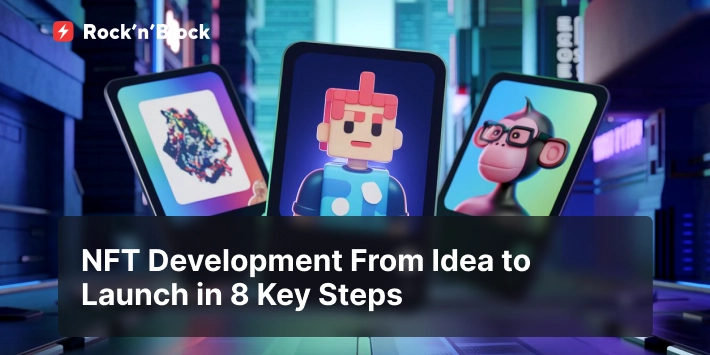
Introduction: The Future of NFTs in 2025
NFTs (Non-Fungible Tokens) have revolutionized digital ownership, providing artists, brands, and entrepreneurs with new revenue streams through blockchain technology. In 2025, NFT collections continue to evolve, integrating AI-generated art, dynamic metadata, and real-world utilities.
If you’re looking to launch your own NFT collection, this guide will walk you through the entire process, from concept to minting and marketing.
Step 1: Define Your NFT Project Vision
Before diving into development, define the purpose of your NFT collection:
✅ Art & Collectibles – PFP (profile picture) projects like Bored Ape Yacht Club.
✅ Gaming & Metaverse – Play-to-Earn (P2E) assets, in-game items.
✅ Music & Media – Tokenized songs, albums, and videos.
✅ Real-World Utility – NFTs as memberships, event passes, or digital assets tied to physical goods.
Example: If you’re launching a 10,000-piece generative art collection, decide on the theme, rarity traits, and blockchain network (Ethereum, Polygon, or Solana).
Step 2: Design and Generate Your NFT Collection
1. Creating NFT Artwork
Use design software like Photoshop, Procreate, Blender, or AI tools (Midjourney, DALL·E, Runway ML) to create unique assets.
2. Generating NFT Variations
If you’re launching a large collection (e.g., 5,000 - 10,000 NFTs), use tools like:













































































































































































![[The AI Show Episode 142]: ChatGPT’s New Image Generator, Studio Ghibli Craze and Backlash, Gemini 2.5, OpenAI Academy, 4o Updates, Vibe Marketing & xAI Acquires X](https://www.marketingaiinstitute.com/hubfs/ep%20142%20cover.png)














































































































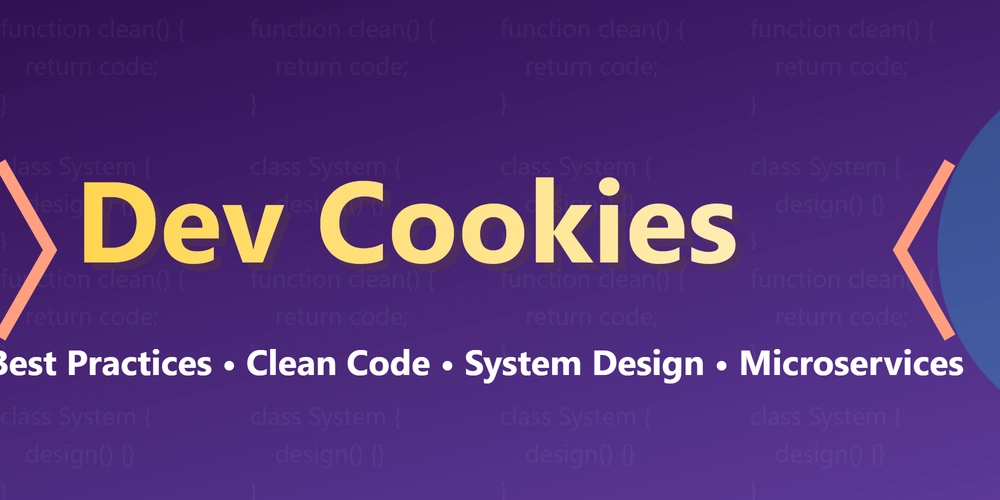

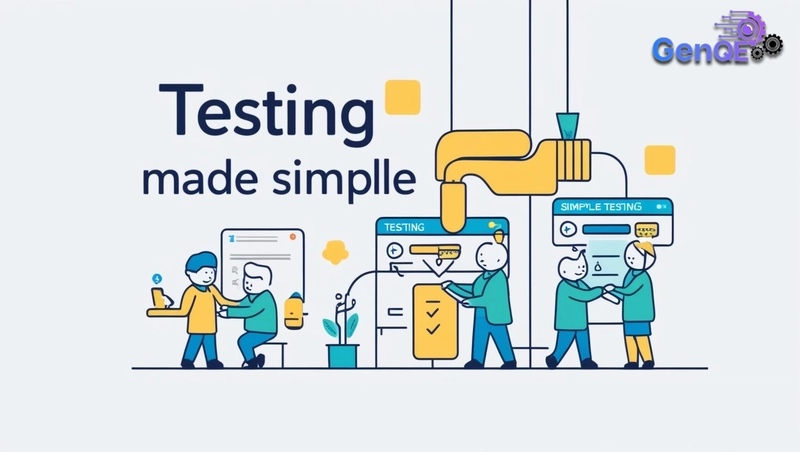
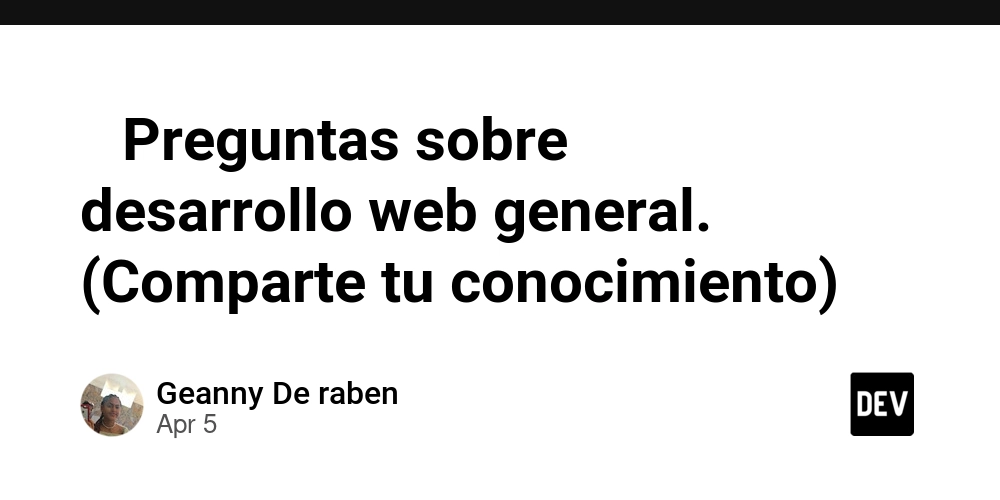









![[FREE EBOOKS] The Kubernetes Bible, The Ultimate Linux Shell Scripting Guide & Four More Best Selling Titles](https://www.javacodegeeks.com/wp-content/uploads/2012/12/jcg-logo.jpg)



![From drop-out to software architect with Jason Lengstorf [Podcast #167]](https://cdn.hashnode.com/res/hashnode/image/upload/v1743796461357/f3d19cd7-e6f5-4d7c-8bfc-eb974bc8da68.png?#)





































































































.png?#)





.jpg?#)
































_Christophe_Coat_Alamy.jpg?#)




































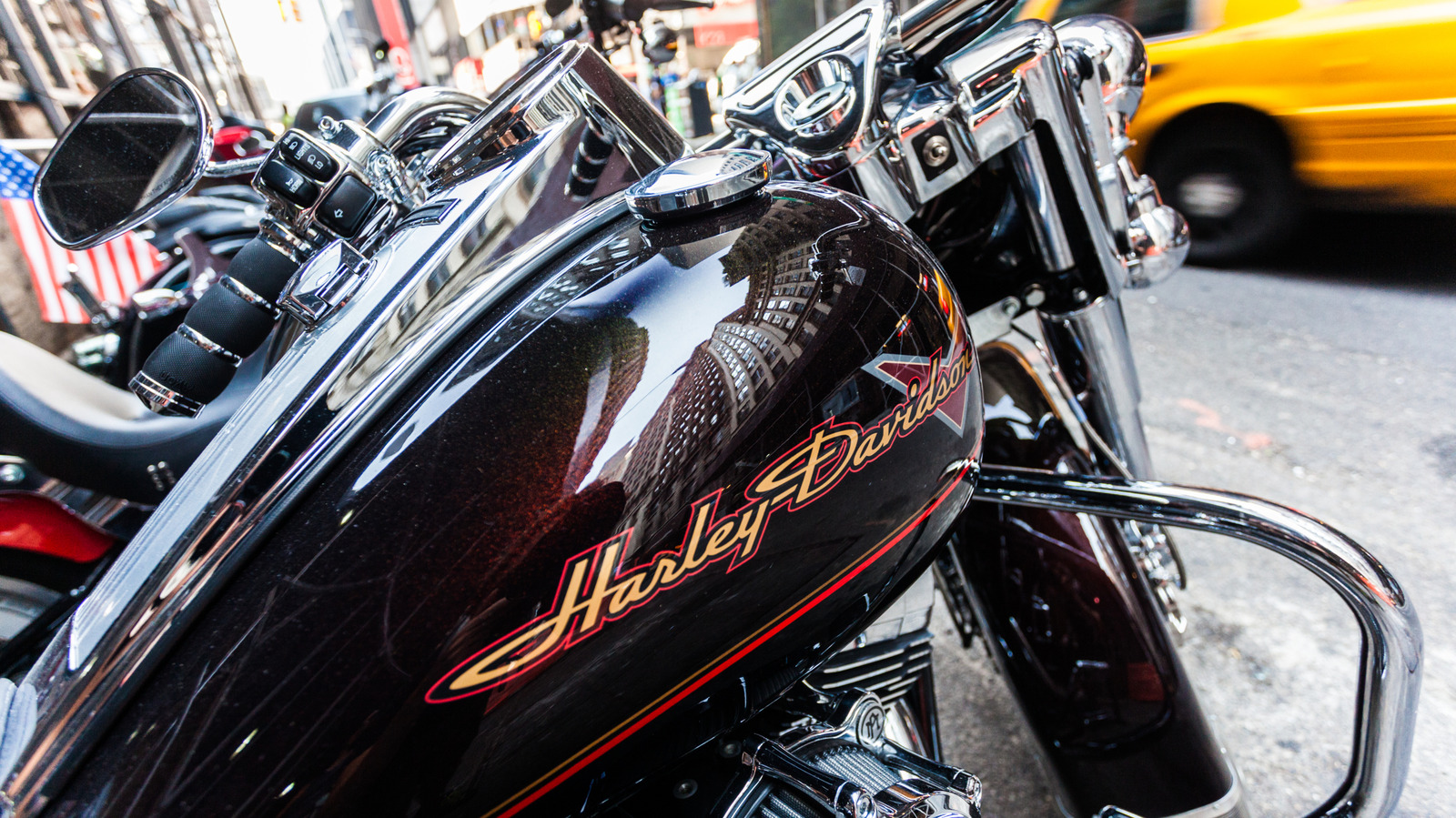
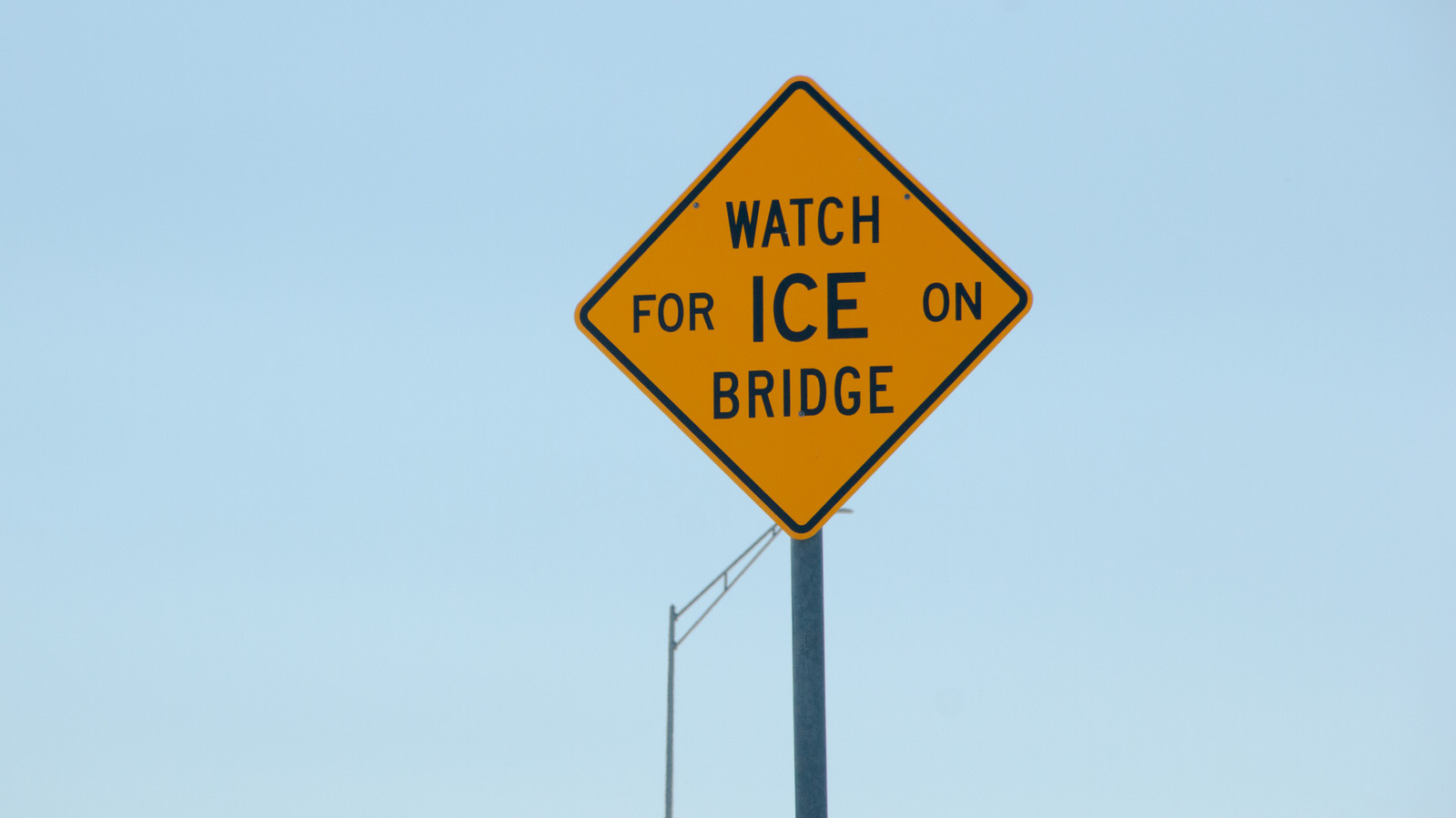
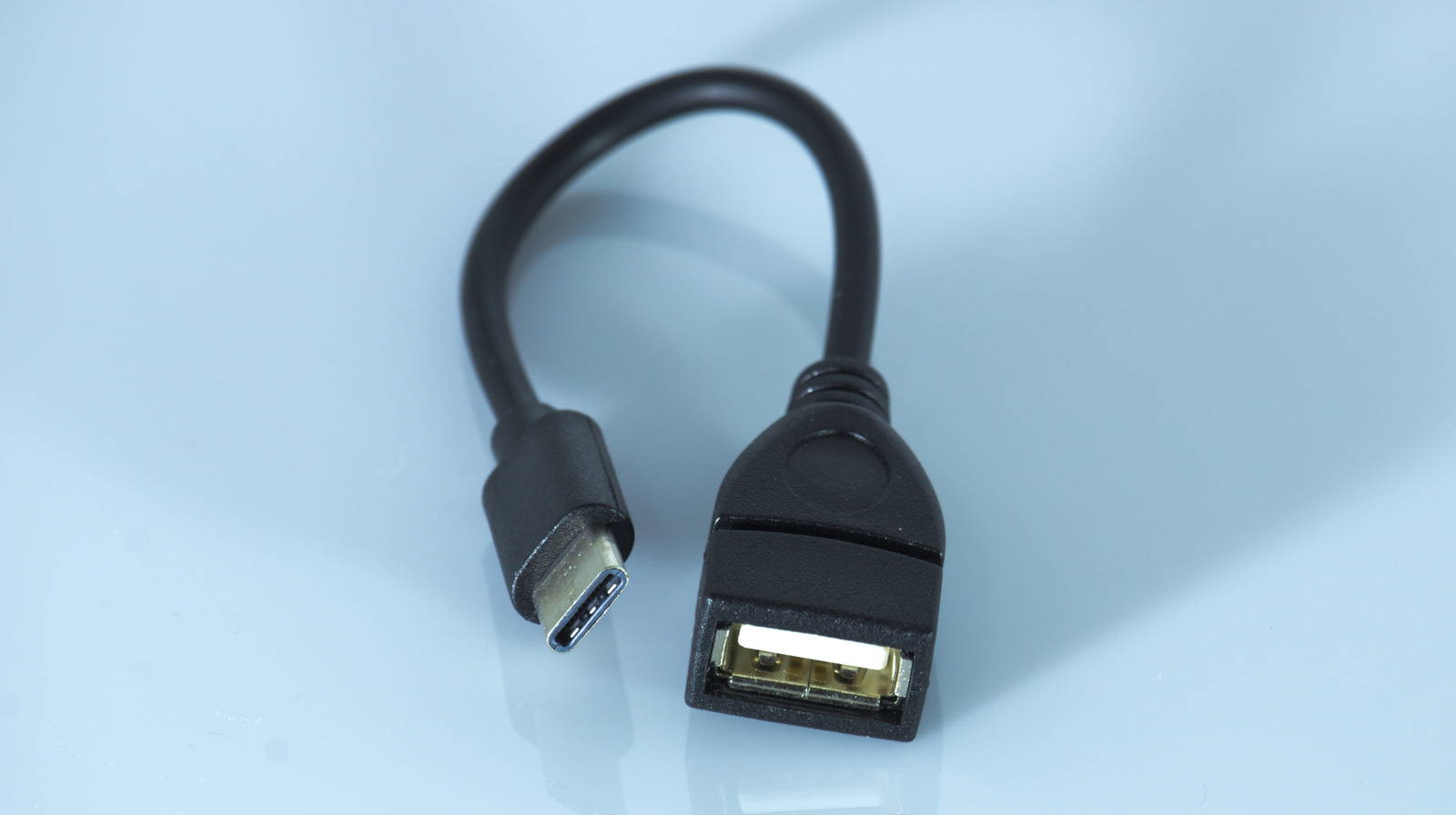
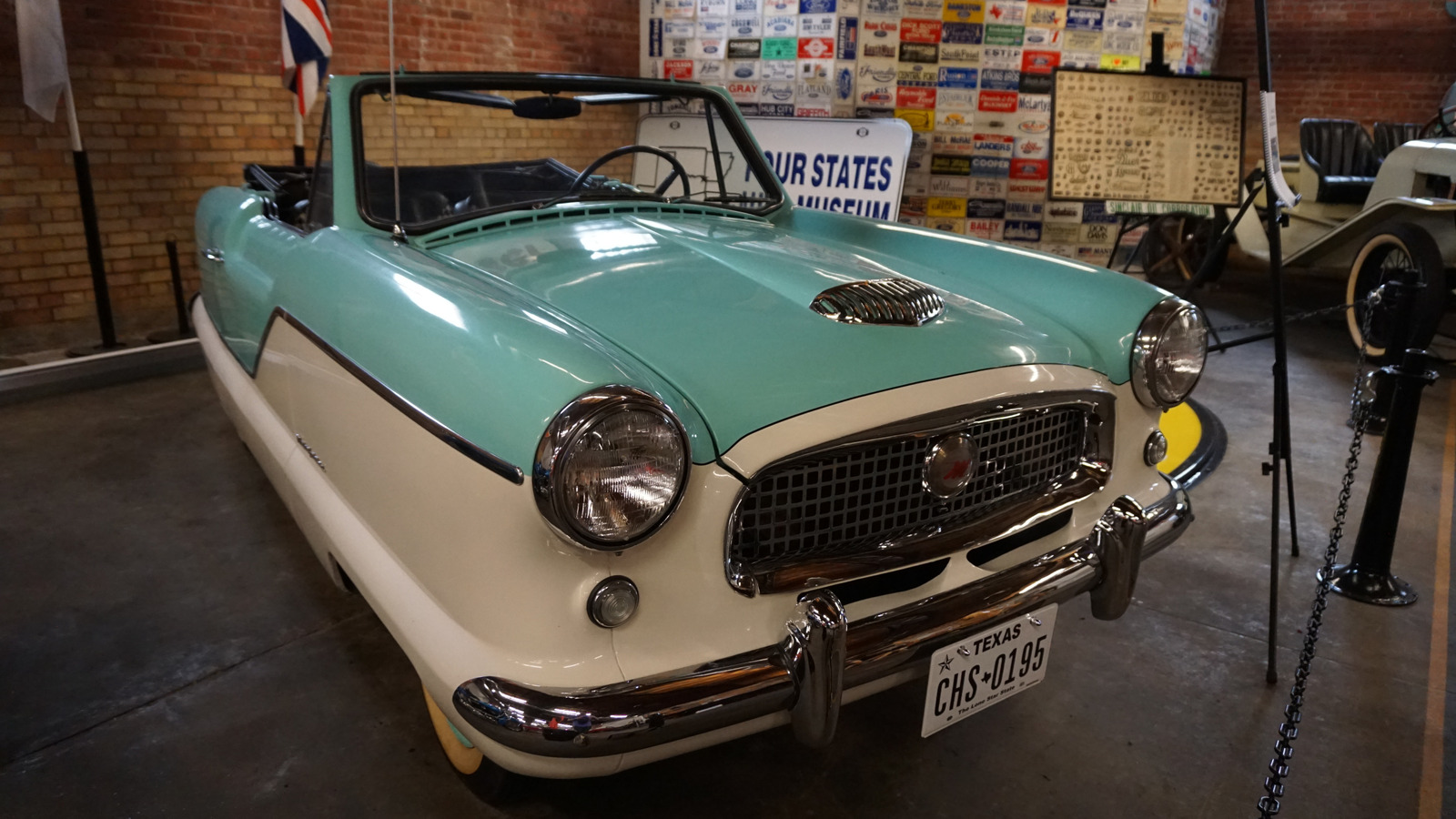


































































![Rapidus in Talks With Apple as It Accelerates Toward 2nm Chip Production [Report]](https://www.iclarified.com/images/news/96937/96937/96937-640.jpg)



































































































































